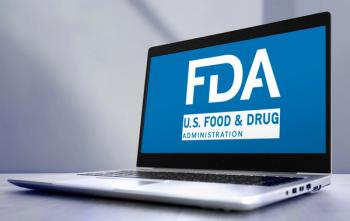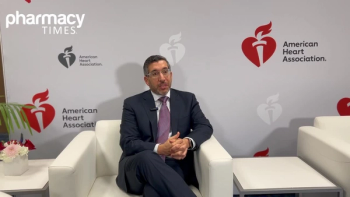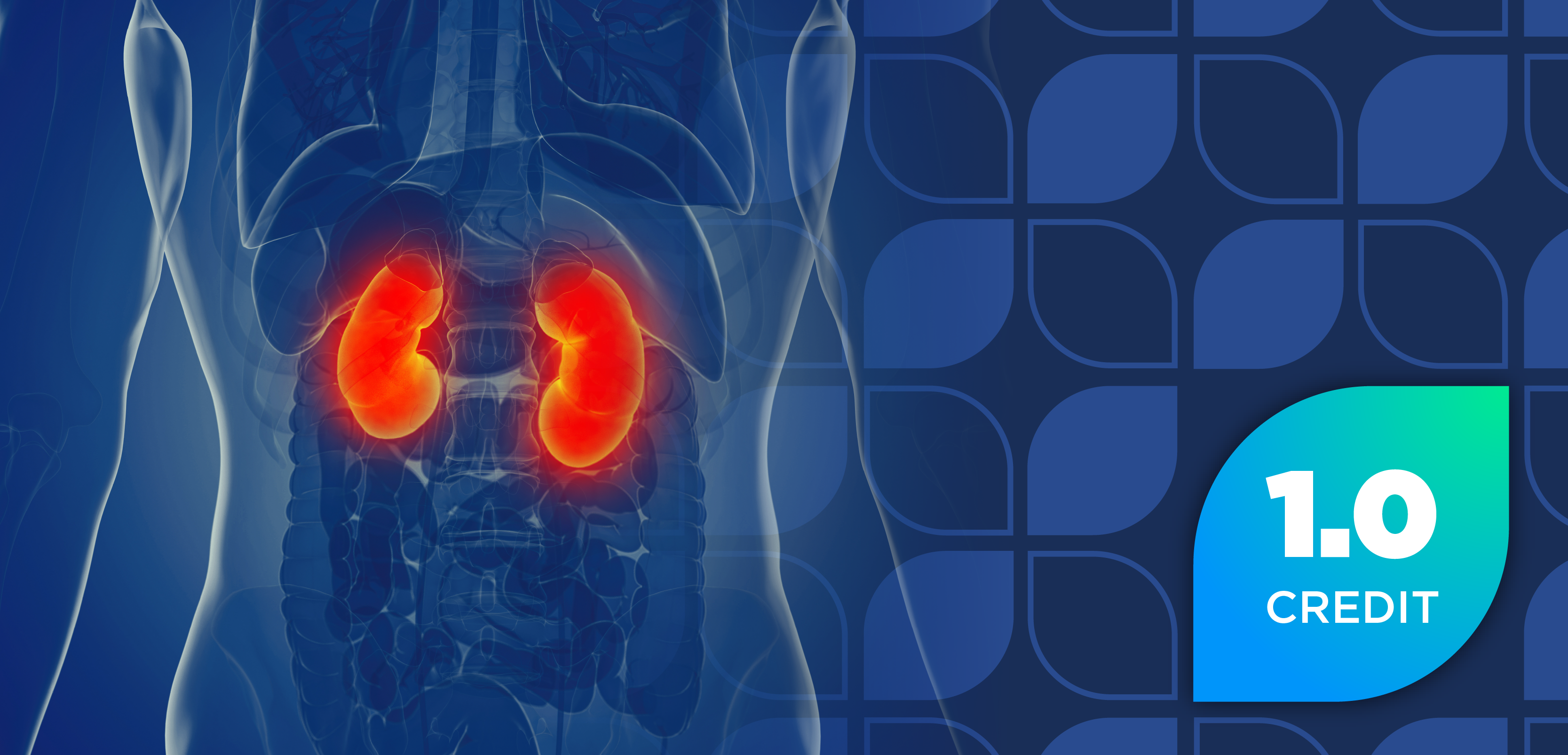
Pharmacists Play Crucial Role in Screening and Educating Patients With Type 1 Diabetes
Pharmacists can educate patients and health care professionals in addition to coordinating lab orders, interpreting results, and guiding patients through the next steps.
In a Pharmacy Times® interview, Jennifer Goldman, PharmD, CDCES, BC-ADM, FCCP, professor of pharmacy practice and clinical pharmacist at Massachusetts College of Pharmacy and Health Sciences, discusses the pharmacist’s role in type 1 diabetes across different settings. Pharmacists can coordinate lab orders, interpret results, and guide next steps, including referrals to [teplizumab] infusion centers. They can educate staff, assist with insurance, and use toolkits from organizations—such as the American Diabetes Association (ADA) and Breakthrough T1D—to overcome logistical challenges.
Pharmacy Times: How can community pharmacists identify patients who should be screened for stages 1 and 2 type 1 diabetes?
Jennifer Goldman, PharmD, CDCES, BC-ADM, FCCP: Community pharmacists interact with patients who have autoimmune conditions like celiac disease or thyroid disorders—including hyper[thyroidism] or hypo[thyroidism]—or who mentioned a family history of type 1 diabetes. These are cues for possible screening. It's important to remember that genetic factors can increase the risk of type 1 diabetes. [For example,] first-degree family members of patients [with type 1 diabetes] have a 15 times greater risk of type 1 diabetes compared to the general population, but individuals with no prior family history can also be at risk of developing type 1 diabetes. About 90% of patients with type 1 diabetes don't have a positive family history.
We can educate families on the importance of islet autoantibody testing, which is now widely accessible through programs like TrialNet or Screen For Type 1 [Diabetes]. Primary care providers can order tests right from their [electronic medical record; EMR] to their usual labs. They can proactively engage families who have a family history, since first-degree relatives are at a higher risk. Facilitating testing, for example, for asymptomatic at-risk patients, such as affected siblings or parents, can occur. Many patients don't know they can be tested before symptoms arise, and pharmacists can be the first to make that connection and initiate those referrals.
Pharmacy Times: In the health system or ambulatory clinic setting, how can pharmacists help streamline screening workflows?
Goldman: Clinical pharmacists embedded in primary care—they're embedded in pediatrics, or they're embedded in endocrinology clinics—can lead the charge by incorporating autoantibody screening into preventive care protocols. We can help identify eligible patients, coordinate lab orders, interpret results, and really guide the next steps, whether that's more testing or a referral to a [teplizumab (Tzield; Sanofi)] infusion center. These pharmacists can leverage EMRs to flag at-risk individuals based on family history or based on presenting symptoms, coordinating with primary care and endocrinology teams to ensure timely screening, follow-up, and documentation. Important, but equally critical, is educating clinical staff about the importance of early identification and consistent monitoring of these high-risk individuals. We can also help with insurance, prior authorizations, and patient assistance programs, making the process easier for clinicians and patients.
Pharmacy Times: How do pharmacists support high-risk adults for early type 1 diabetes detection?
Goldman: Adults might not realize they're at risk, especially since up to 85% to 90% of new cases of type 1 diabetes occur in people without a family history. So, pharmacists can introduce screening during routine medication counseling, especially when patients have coexisting autoimmune conditions or unexplained dysglycemia. Programs like ASK and TrialNet offer affordable or free screening and labs can be ordered through Quest or LabCorp, and pharmacists can facilitate the enrollment follow-up and referrals to endocrinology.
Pharmacy Times: What barriers do pharmacists face in implementing early screening, and how can we overcome these?
Goldman: The biggest barrier is lack of awareness, also misconceptions about type 1 diabetes risk beyond childhood. Insurance limitations such as coverage and cost constraints for screening and workflow integration. So, there are logistical challenges incorporating screening into busy pharmacy or clinic workflows, and pharmacists can overcome these by using toolkits from the American Diabetes Association [or] from Breakthrough T1D, which is formerly [the] Juvenile Diabetes Research Foundation (JDRF), and STOP T1D is also an advocate for collaborative practice protocols.
But I just want to let people know why JDRF changed its name to Breakthrough T1D, and it was really to better reflect the organization's broader mission and the diverse population it serves. The previous name was limiting, because type 1 diabetes affects people of all ages, not just children. So, the new name emphasizes the focus on breakthroughs to cure, prevent, and treat type 1 diabetes.
We can also host, as pharmacists, educational sessions for fellow clinicians to participate, participate in multidisciplinary teams, and implement simple screening checklists to make these interventions sustainable.
Newsletter
Stay informed on drug updates, treatment guidelines, and pharmacy practice trends—subscribe to Pharmacy Times for weekly clinical insights.















































































































































































































